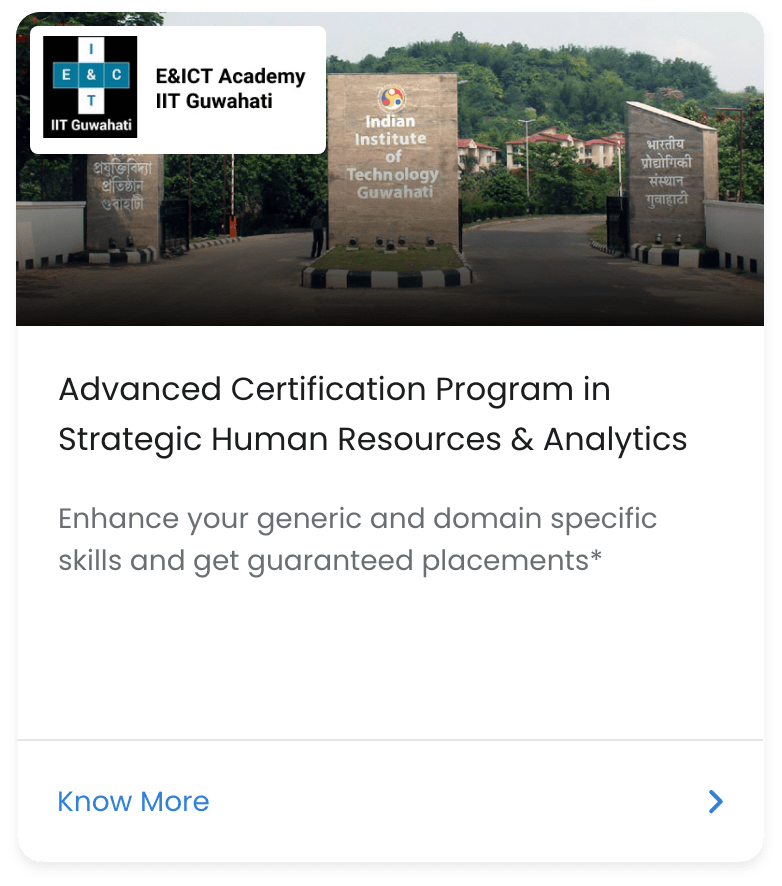Introduction
Hiring is changing, and fast. Companies are starting to realize that the old way of recruiting focusing on degrees or job titles just doesn’t cut it anymore. Enter skills-based talent acquisition, a fresh approach that puts the spotlight on what candidates can actually do. By focusing on skills, businesses are discovering talent that’s not only qualified but also ready to drive real results. In this blog, we’ll dive into how this shift is reshaping recruitment and why it’s the game-changer for building a stronger, future-ready team.
Unlocking Success with Skills-Based Talent Acquisition
In the rapidly evolving landscape of human resources, traditional recruitment methods are being challenged. Organizations are increasingly turning to skills-based talent acquisition as a strategic approach to finding and retaining top talent. This method prioritizes the specific abilities and competencies of candidates over their educational background or prior job titles.
Understanding Skills-Based Talent Acquisition
At its core, skills-based talent acquisition focuses on identifying candidates who possess the skills necessary to excel in a role. This approach shifts the emphasis from conventional hiring criteria, such as degrees or years of experience, to a more nuanced evaluation of a candidate’s capabilities. By centering on the skills required for specific job functions, organizations can create a more inclusive and efficient hiring process.
Why Skills-Based Talent Acquisition Matters
1. Aligning Skills with Organizational Needs
In a fast-paced business environment, the needs of organizations can change quickly. Skills-based talent acquisition allows companies to identify and hire individuals whose skills are aligned with current and future organizational needs. This adaptability is crucial for maintaining a competitive edge.
2. Enhancing Diversity and Inclusion
Traditional hiring practices often favor certain educational backgrounds or experiences, potentially leading to a homogenous workforce. By focusing on skills, organizations can tap into a broader talent pool, including underrepresented groups. This commitment to diversity not only fosters a more inclusive workplace but also drives innovation and creativity.
3. Reducing Hiring Bias
Unconscious biases can heavily influence hiring decisions. Skills-based talent acquisition helps mitigate these biases by concentrating on objective criteria. This approach enables hiring managers to evaluate candidates based on their actual capabilities rather than preconceived notions related to their backgrounds.
4. Improving Employee Retention
When employees are hired for their skills and strengths, they are more likely to feel engaged and satisfied in their roles. This alignment leads to higher job satisfaction, ultimately resulting in lower turnover rates. Companies that adopt a skills-based approach often enjoy a more stable workforce.
Implementing Skills-Based Talent Acquisition
Transitioning to a skills-based talent acquisition model requires thoughtful planning and execution. Here are several strategies to effectively implement this approach:
1. Define Core Competencies
Begin by identifying the specific skills and competencies that are essential for each role within your organization. Collaborate with team leaders and current employees to gain insights into the skills that lead to success in various positions.
2. Revise Job Descriptions
Update your job descriptions to focus on skills rather than qualifications. Use clear and concise language to describe the essential abilities required for the position, making it easier for candidates to assess their fit.
3. Utilize Skills Assessments
Incorporate skills assessments into your recruitment process. These assessments can take various forms, such as practical tests, coding challenges, or situational judgment tests. They provide a tangible measure of a candidate’s abilities, allowing for more informed hiring decisions.
4. Train Hiring Managers
Equip your hiring managers with the necessary training to evaluate candidates based on skills. Provide them with resources to recognize and minimize bias in their decision-making processes.
5. Leverage Technology
Utilize recruitment software that emphasizes skills-based assessments. Many platforms now offer AI-driven tools that can help match candidates to roles based on their skills and experience, streamlining the hiring process.
Also read, Elevate Your HR Skills with Our Expert HR Analytics Course
Conclusion
Adopting a skills-based talent acquisition strategy can revolutionize how organizations attract, select, and retain talent. By focusing on the specific skills that drive success, companies can build more diverse, engaged, and high-performing teams. As the job market continues to evolve, embracing this innovative approach will not only enhance recruitment processes but also align talent with the dynamic needs of the organization. By committing to skills-based talent acquisition, organizations can unlock the potential of their workforce and secure a brighter future.
Frequently Asked Questions
Skills-based Talent Acquisition is a recruitment approach that focuses on the specific skills and competencies of candidates rather than their educational backgrounds or job titles.
By prioritizing skills, organizations can attract a wider range of candidates, including those from underrepresented backgrounds, thus promoting a more diverse workforce.
Benefits include improved alignment with organizational needs, enhanced diversity, reduced hiring bias, and higher employee retention rates.
Organizations can start by defining core competencies, revising job descriptions, utilizing skills assessments, training hiring managers, and leveraging recruitment technology.
Yes, various recruitment software solutions can streamline the skills-based hiring process by offering AI-driven assessments and matching candidates to roles based on their skills.











